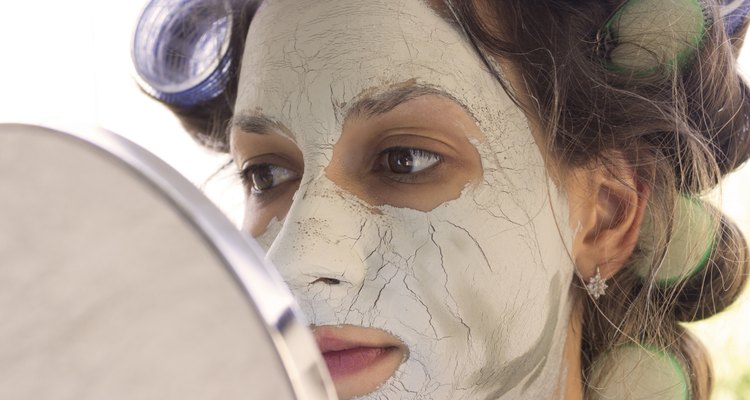
South_agency/iStock/Getty Images
While the word "perm" evokes thoughts of curly hair, the truth is there are a number of perms available that affect hair structure in different ways. In its most basic form, a perm, or permanent wave, uses chemicals to break down the chemical bonds that make the hair naturally straight, wavy or curly. Then the hair is restructured into the desired appearance.
Broken Cystine and Sulphur Bonds
The hair is composed of keratin, which at its most basic form is a protein structure that features many bonds to give hair its strength and ability to move. When permanent lotion is applied to straight hair using a permanent wave method, the cystine and sulphur bonds of the hair are broken. To accomplish a wavy effect, a stylist first wraps the hair around curlers or rods. For a loose, wavy effect, the hair is wrapped around large rollers. For tighter curls, the hair is wrapped around rollers that are smaller in diameter. Then the stylist applies thioglycolic acid and ammonia. This affects the hair structure by releasing the cystine and sulphur bonds from being straight.
How Hair Gets Curly
During a perm, the bonds that the give hair its structure are broken then reestablished to change the texture. To accomplish this, a stylist applies another solution, known as a neutralizer. Because a neutralizer can damage the hair if too much is applied or if it is left on for too long, the stylist must closely monitor the perm process. The neutralizer re-establishes the bonds in their new shape, whether wavy, curly or ringlets. The stylist should thoroughly wash away the neutralizer to prevent any damage.
Slightly Drier Hair
One by-product of perm lotion is that your hair might be slightly drier afterward. When the bonds are broken down, some moisture is released from the hair's cuticle and temporarily dry hair may be the result. Get a perm only if your hair is healthy and not dry, because the result can be split or dry ends and other hair damage.
Related Articles
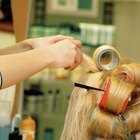
What Are the Dangers of Getting a Perm?

How to Tie Micro Braids at the End

How Long Does a Hair Texturizer Last?

Ways to Prevent Damage During Hair ...

Types of Curly Perms

How to Do a Blow-Dry Wrap

How to Decide Which Perm is Best for You
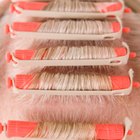
Types of Perm Rods

How to Grow Shaggy Hair

How to Piggyback a Permanent Wave

How to Make a Perm Curlier

How to Straighten Hair Without Blow ...

How to Wind a Spiral Perm Rod
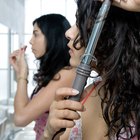
How to Curl Bangs Upward

Chemical Curls for African Americans

How to Apply Wave Nouveau
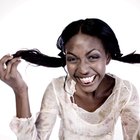
What Is the Difference Between ...

Types of Hair Treatment

How to Take Care of Yaki Hair

Wavy Perm Hairstyles
References
Resources
Writer Bio
Rachel Nall began writing in 2003. She is a former managing editor for custom health publications, including physician journals. She has written for The Associated Press and "Jezebel," "Charleston," "Chatter" and "Reach" magazines. Nall is currently pursuing her Bachelor of Science in Nursing at the University of Tennessee.
Photo Credits
South_agency/iStock/Getty Images